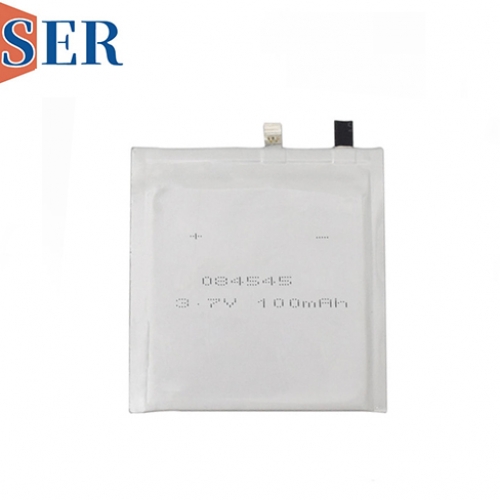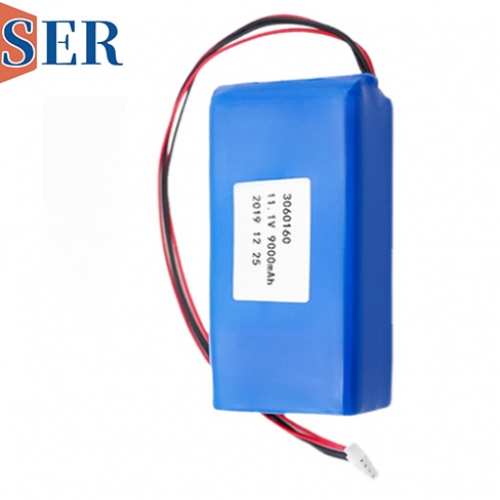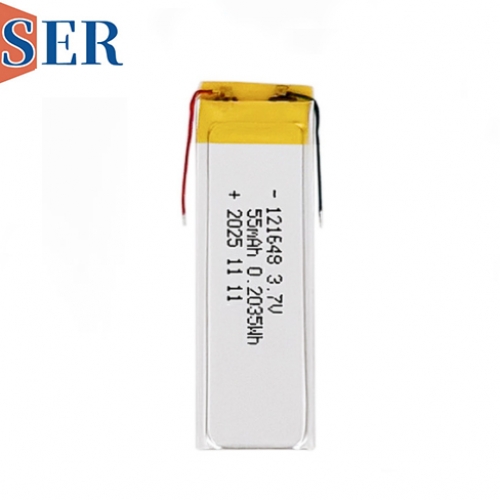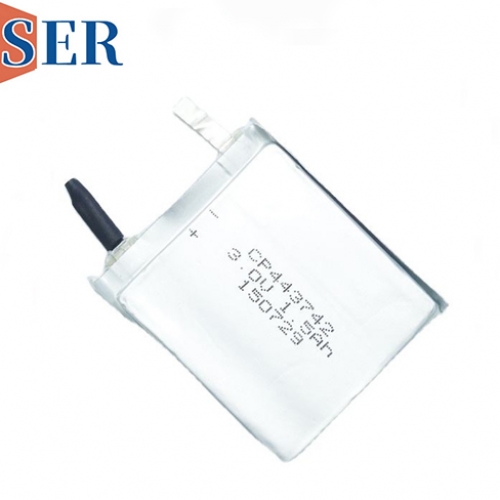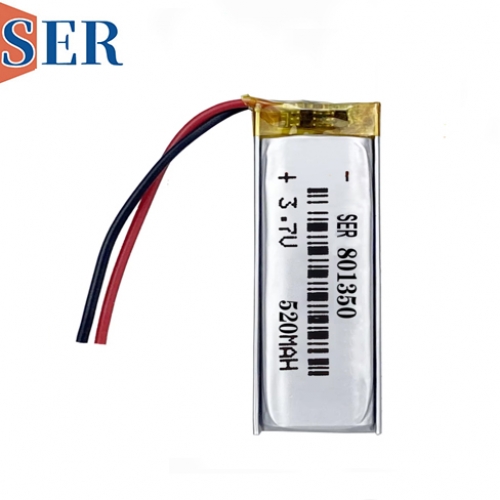High-Temperature Rechargeable LiPo Battery 502540 370mAh 3.2V LiFePO4 Battery
High-Temperature Rechargeable LiPo Battery 502540 370mAh 3.2V LiFePO4 Battery
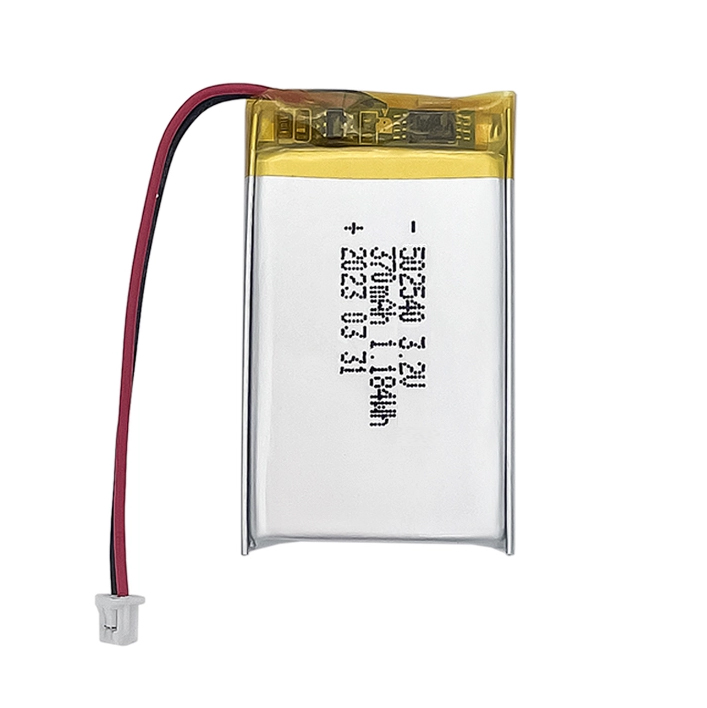
Introduction
The evolution of battery technology has been pivotal in enabling modern portable electronics, electric vehicles (EVs), and renewable energy systems. Among the various chemistries available, Lithium Iron Phosphate (LiFePO4 or LFP) batteries have emerged as a leading choice for applications demanding high safety, long cycle life, and thermal stability. This article focuses on a specific high-temperature rechargeable LiPo (Lithium Polymer) battery model: the 502540 370mAh 3.2V LiFePO4 battery, renowned for its 2,000-cycle lifespan and operational range of -10°C to 80°C. We will explore its technical specifications, advantages, applications, and comparison with other battery chemistries, while addressing challenges and future trends in high-temperature battery design.
1. Understanding LiFePO4 Batteries
1.1 Chemistry and Structure
LiFePO4 batteries belong to the lithium-ion family but differ significantly in their cathode material. The cathode consists of lithium iron phosphate (LiFePO4), which offers a stable olivine crystal structure. This structure enhances thermal and chemical stability compared to traditional lithium-cobalt-oxide (LiCoO2) or lithium-manganese-oxide (LiMn2O4) cathodes.
The anode typically uses graphite, while the electrolyte is a lithium salt dissolved in an organic solvent. The separator, a porous membrane, prevents short circuits while allowing ion flow.
1.2 Key Advantages of LiFePO4
Safety: LiFePO4 is inherently safer due to its resistance to thermal runaway, overcharging, and physical damage.
Longevity: With up to 2,000–7,000 cycles (depending on usage), LiFePO4 batteries outlast many alternatives.
Thermal Stability: Operates effectively in temperatures ranging from -20°C to 75°C, with some variants like the 502540 extending to 80°C.
Environmental Impact: Contains no toxic heavy metals (e.g., cobalt), making disposal easier.
Power Density: While lower than LiCoO2, it provides sufficient energy for many applications.
2. Technical Specifications of the 502540 370mAh 3.2V LiFePO4 Battery
2.1 Dimensions and Capacity
The 502540 designation refers to the battery’s dimensions: 5.0mm (thickness) × 25mm (width) × 40mm (length). Its compact size makes it ideal for space-constrained devices. With a nominal capacity of 370mAh, it balances energy storage and physical footprint.
2.2 Voltage and Energy Density
Nominal Voltage: 3.2V (lower than LiCoO2’s 3.7V but safer).
Energy Density: Approximately 100–120 Wh/kg, lower than cobalt-based batteries but compensated by durability.
2.3 Cycle Life and Durability
The battery achieves 2,000 full charge-discharge cycles at 80% depth of discharge (DoD), retaining over 80% of its original capacity. This longevity reduces long-term costs and environmental impact.
2.4 Temperature Range
Discharging: -10°C to 80°C (wider than most Li-ion batteries, which typically operate between -20°C to 60°C).
Charging: 0°C to 45°C (to prevent lithium plating).
This range enables use in extreme environments, from cold storage facilities to industrial settings with high ambient temperatures.
2.5 Charging and Discharging Characteristics
Charging Voltage: 3.6V (constant current/constant voltage, or CC/CV).
Discharging Cut-off: 2.5V (to prevent over-discharge damage).
Max Discharge Current: Typically 1C (370mA), though some variants support higher rates.
3. Applications of the 502540 LiFePO4 Battery
3.1 Portable Electronics
Medical Devices: Wearable health monitors, portable ultrasound machines.
Consumer Electronics: Ruggedized tablets, GPS trackers for outdoor use.
Industrial Sensors: IoT devices in harsh environments (e.g., oil refineries).
3.2 Electric Vehicles (EVs) and E-Bikes
LiFePO4’s safety and cycle life make it suitable for:
E-Bikes: Reliable power for urban and off-road use.
Light EVs: Golf carts, neighborhood electric vehicles (NEVs).
3.3 Renewable Energy Storage
Solar Systems: Backup power for off-grid homes or telecom towers.
Grid Stabilization: Frequency regulation in microgrids.
3.4 Aerospace and Defense
Satellites: Resistance to radiation and temperature extremes.
Military Gear: Portable power for soldiers in desert or arctic conditions.
4. Comparison with Other Battery Chemistries
Feature
LiFePO4 (502540)
LiCoO2 (Cobalt)
NMC (Nickel-Manganese-Cobalt)
Lead-Acid
Cycle Life | 2,000+ cycles | 500–1,000 cycles | 1,000–2,000 cycles | 300–500 cycles |
Energy Density | 100–120 Wh/kg | 150–200 Wh/kg | 150–220 Wh/kg | 30–50 Wh/kg |
Safety | High (resistant to runaway) | Low (prone to thermal runaway) | Moderate | Low (risk of leakage) |
Temperature Range | -10°C to 80°C (discharge) | 0°C to 45°C | -20°C to 60°C | -20°C to 50°C |
Cost | Moderate-High | Very High | High | Low |
Environmental Impact | Low (no cobalt) | High (cobalt mining) | Moderate (cobalt content) | High (toxic lead) |
Key Takeaways:
LiFePO4 excels in safety and longevity but lags in energy density.
Cobalt-based batteries offer higher energy but pose safety and ethical concerns.
NMC strikes a balance but remains costlier and less stable than LiFePO4.
5. Challenges and Limitations
5.1 Energy Density
LiFePO4’s lower energy density restricts its use in high-demand applications like smartphones or EVs requiring long range.
5.2 Cold Temperature Performance
While the 502540 operates at -10°C, its capacity and power output drop significantly below 0°C, necessitating thermal management systems.
5.3 Initial Cost
Higher upfront costs compared to lead-acid or low-quality Li-ion batteries may deter budget-conscious buyers, though total cost of ownership (TCO) favors LiFePO4.
5.4 Manufacturing Complexity
Producing LiFePO4 cells requires precise control over particle size and cathode coating, increasing production costs.
6. Future Trends in High-Temperature LiFePO4 Batteries
6.1 Advances in Electrolyte Formulations
Researchers are developing solid-state electrolytes to enhance thermal stability and energy density. Solid-state LiFePO4 batteries could operate beyond 100°C.
6.2 Silicon Anodes
Integrating silicon into the anode could boost energy density by up to 30%, though challenges like volume expansion remain.
6.3 Nanotechnology
Nanostructured LiFePO4 cathodes improve ion diffusion rates, enabling faster charging and higher power output.
6.4 Sustainability Initiatives
Efforts to recycle LiFePO4 batteries are growing, reducing reliance on raw materials like lithium and phosphate.
7. Conclusion
The 502540 370mAh 3.2V LiFePO4 battery exemplifies the strengths of lithium iron phosphate technology: safety, longevity, and thermal resilience. Its ability to operate from -10°C to 80°C makes it indispensable for applications ranging from medical devices to renewable energy storage. While challenges like energy density persist, ongoing research into solid-state electrolytes, silicon anodes, and nanotechnology promises to unlock even greater performance.
As industries prioritize sustainability and reliability, LiFePO4 batteries are poised to play a central role in the transition to cleaner energy and smarter technology. The 502540 model, with its 2,000-cycle lifespan and robust design, is a testament to the potential of this chemistry—proving that durability and environmental responsibility can go hand in hand.

